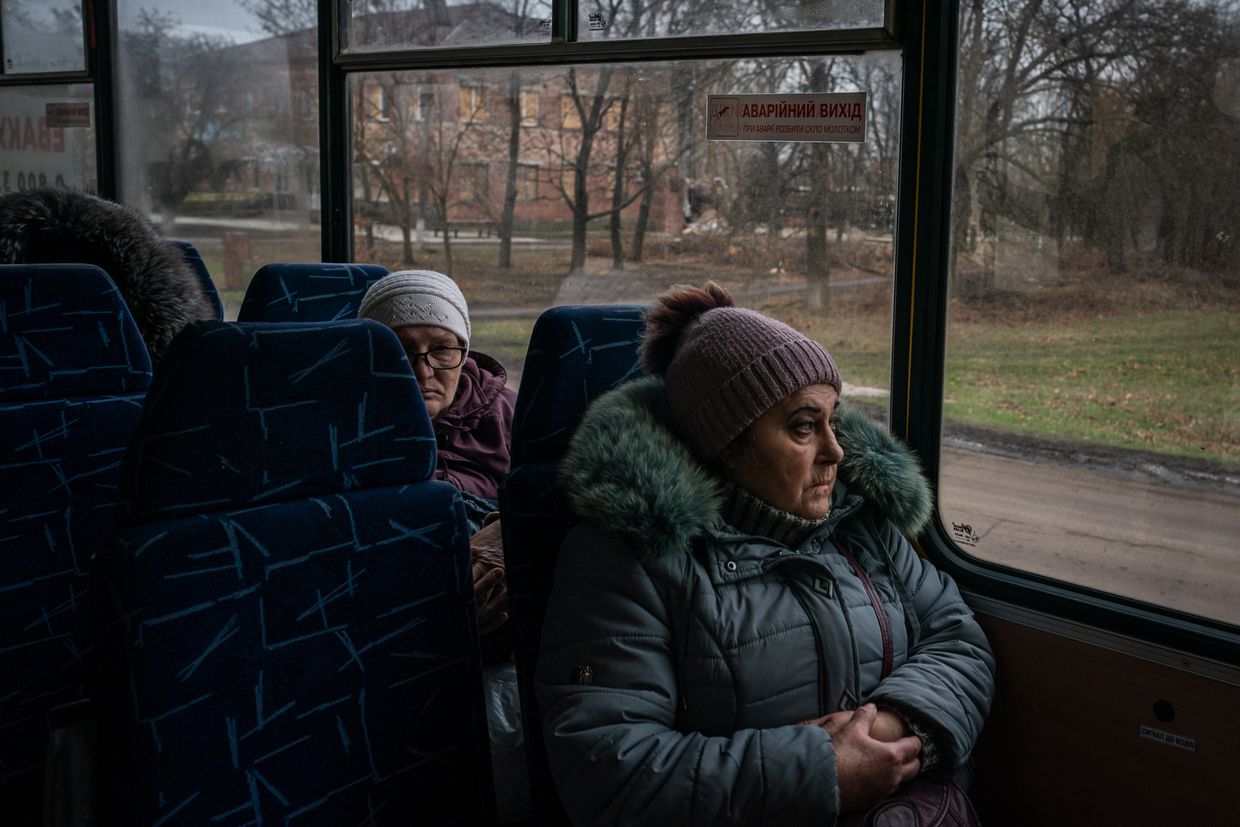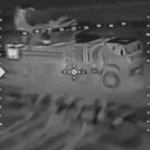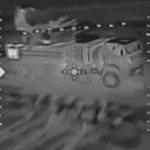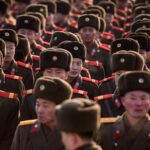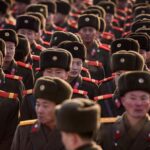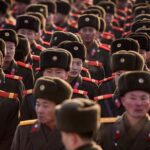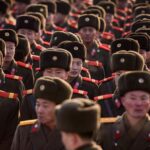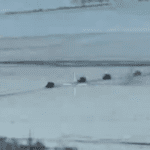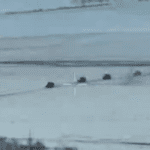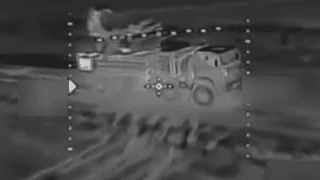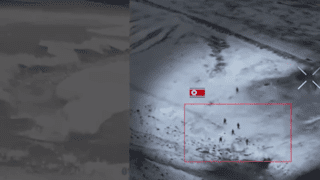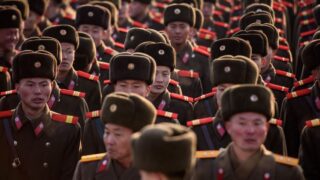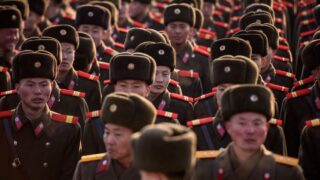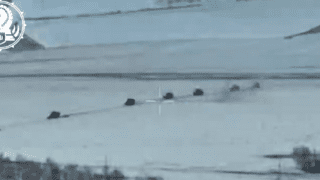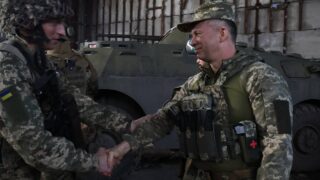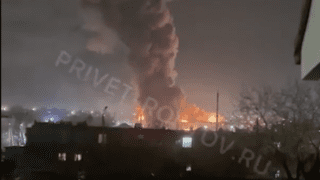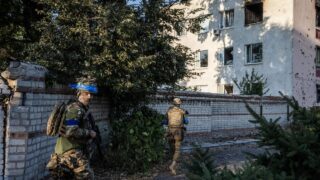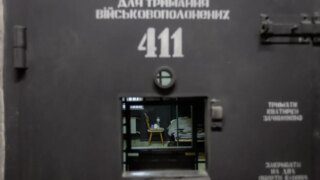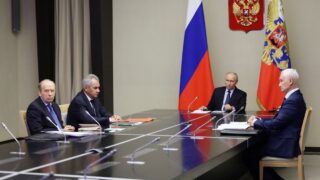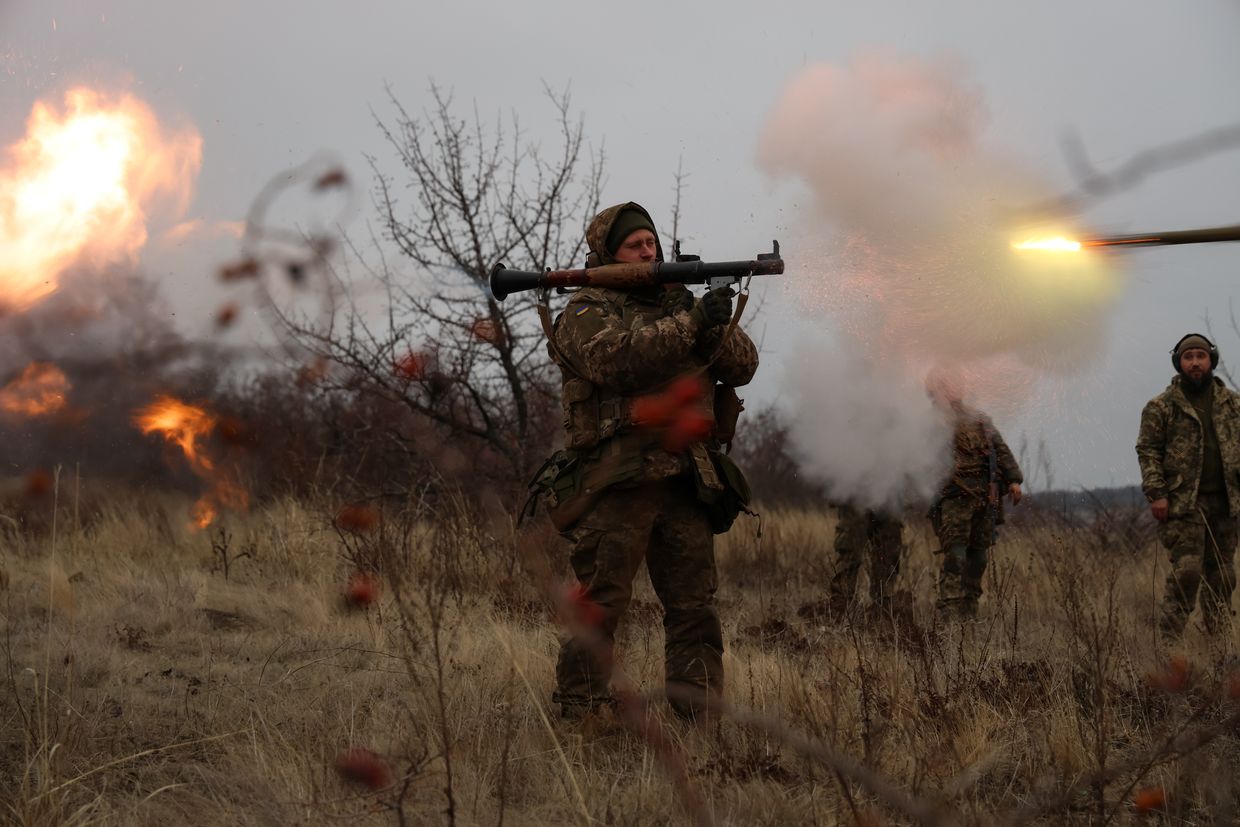
Ukraine war latest: Russia claims to occupy 2 more villages in Ukraine's east; Kyiv doesn't confirm
Key developments on Jan. 13:
- Russia claims to occupy 2 more villages in Ukraine's east; Kyiv hasn't confirmed
- Ukraine's special forces claim to repel North Korean assault in Russia's Kursk Oblast, killing 17 soldiers
- Ukraine opens doors to foreign firms for military equipment modernization
- Germany announces first deliveries of promised RCH 155 self-propelled howitzers
- UK to finance production of air defense, long-range weapons in Ukraine, Umerov says
Russia's Defense Ministry claimed on Jan. 12 that its forces had captured the villages of Yantarne in Donetsk Oblast and Kalynove in Kharkiv Oblast.
Ukraine has not commented on the claims. The Russian statement could not be immediately verified.
Moscow's forces have ramped up pressure in Ukraine's east as Ukrainian forces find themselves increasingly outnumbered and outgunned.
Yantarne lies around 10 kilometers (6 miles) southeast of the town of Kurakhove, almost completely overrun by Russian forces. The Ukrainian military recently claimed it continues to hold positions at the Kurakhove Thermal Power Plant.
Russian propagandist Vladimir Solovyov on Jan. 10 shared footage showing Russian soldiers raising flags over damaged buildings, claiming to be located in Yantarne.

The Ukrainian war monitoring website DeepState said that the situation in the village is still being clarified without confirming nor denying the loss of Yantarne, while Ukraine's Khortytsia group of forces reported engagements in the area on Jan. 12.
The northeastern village of Kalynove lies on the west bank of the Oskil River and north of Kupiansk, a key logistical hub liberated by Ukraine during a counteroffensive in the fall of 2022.
Russian forces have been attempting to force the Oskil River for months in an attempt to outflank Ukrainian troops. Andrii Besedin, head of the Kupiansk military administration, said on Jan. 9 that Moscow's troops are trying to secure a bridgehead in the town of Dvorichna on the river's Ukraine-held western bank.
Besedin also said that Russian forces are now within 2 kilometers (1.5 miles) of Kupiansk's outskirts, adding that the situation is "very difficult."
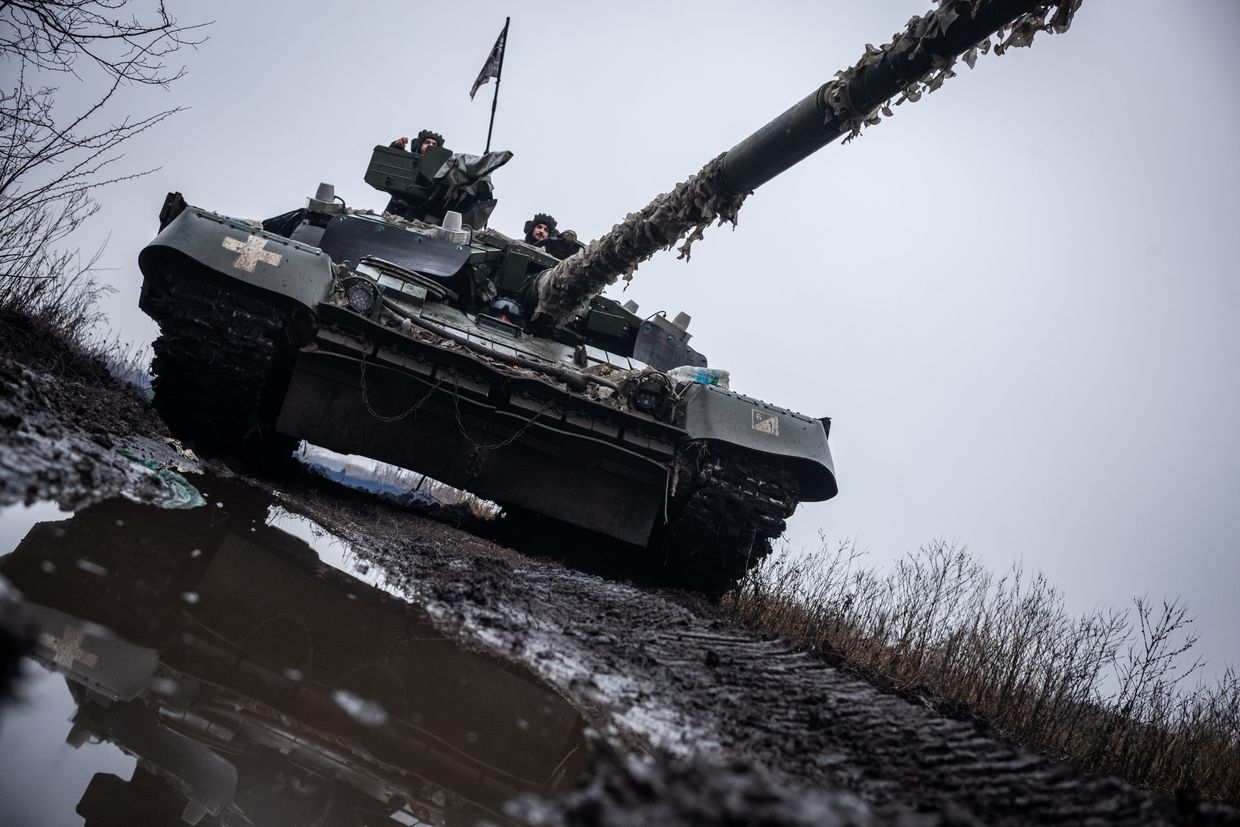

Ukraine's special forces claim to repel North Korean assault in Russia's Kursk Oblast, killing 17 soldiers
Ukraine's Special Operations Forces repelled an assault by North Korean troops in Russia's Kursk Oblast, the unit's press service said on Jan. 13, claiming to have killed 17 North Korean soldiers.
North Korean troops were deployed to Kursk Oblast last fall to support Russian forces in countering a Ukrainian incursion launched on Aug. 6. Ukrainian troops have continued fighting in the region, leveraging their positions for potential future negotiations.
The battle, the date of which remains undisclosed, lasted from morning until night. The unit released a video of the engagement, showing what are said to be dead North Korean soldiers.
A Ukrainian group encountered one surviving North Korean fighter who had set an unsuccessful trap. The soldier attempted to mislead the Ukrainian troops and then detonated a grenade to avoid capture, fatally injuring himself, according to the Special Operations Forces.
South Korea's National Intelligence Service (NIS) claimed that North Korean casualties have already reached 300 soldiers killed and 2,700 wounded. The NIS attributed the casualties to their lack of modern warfare training, including ineffective efforts to combat long-range drones.
The NIS further alleged that North Korean soldiers had been forced to commit suicide to avoid capture by Ukrainian forces, a claim echoed by White House National Security Council spokesperson John Kirby on Dec. 27. Kirby said that captured North Korean troops fear their families would face severe retaliation if they surrendered.
On Jan. 11, President Volodymyr Zelensky announced the capture of two North Korean soldiers in Kursk Oblast. The prisoners of war (POWs), identified by the NIS as members of the Reconnaissance General Bureau, North Korea's military intelligence agency, are in Ukrainian custody and receiving medical treatment.
Ukraine opens doors to foreign firms for military equipment modernization
Ukraine's government has approved a measure allowing foreign companies to participate in modernizing military equipment for the Ukrainian Armed Forces, the Defense Ministry announced on Jan. 13.
The initiative focuses on upgrading state aviation aircraft, ships, and their components using advanced Western technologies.
The decision aims to foster joint high-tech projects with international partners while adhering to global standards and ensuring transparent cooperation. This move also aligns with Ukraine's push to expand its defense production capabilities amid the ongoing war with Russia.
Foreign firms with special permits for transferring military technology and exporting defense-related goods and services will now be eligible to collaborate, according to Deputy Defense Minister Brigadier General Anatolii Klochko.
"Modernizing outdated equipment will significantly enhance its efficiency, leveraging high-tech solutions from foreign partners," Klochko said.
Ukraine allocated Hr 55 billion ($1.3 billion) for weapons production in its 2025 budget, Strategic Industries Minister Herman Smetanin announced on Nov. 12, 2024.
Since Russia's full-scale invasion in February 2022, Ukraine has actively sought to modernize its defense infrastructure, with an emphasis on integrating Western technologies to bolster its military efficiency and resilience.


Germany announces first deliveries of promised RCH 155 self-propelled howitzers
Germany delivered the first batch of the promised 54 RCH 155 self-propelled howitzers, the country's Foreign Minister Boris Pistorius said during a news conference on Jan. 13.
Six out of the 54 howitzers will remain in Germany to train Ukrainian personnel.
"Ukraine can count on us, and this (the delivery) is a signal. And Germany is ready to take responsibility in Europe," Pistorius was quoted as saying in the German city of Kassel, where the howitzers are manufactured.
Ukraine's Ambassador to Germany, Oleksii Makeiev, symbolically accepted the first batch on site. Ukraine had requested the RCH 155 in July 2022.
The RCH-155 self-propelled howitzer is a new combination of a GTK Boxer APC (armored personnel carrier) with an automated artillery turret of the PzH 2000.
It fires 155 mm shells to a distance of up to 54 kilometers. It can move quickly on or off-road at speeds of over 100 kilometers per hour due to the wheeled base similar to a heavy-duty armored vehicle.
Ukraine is the first country to receive the new RCH 155.
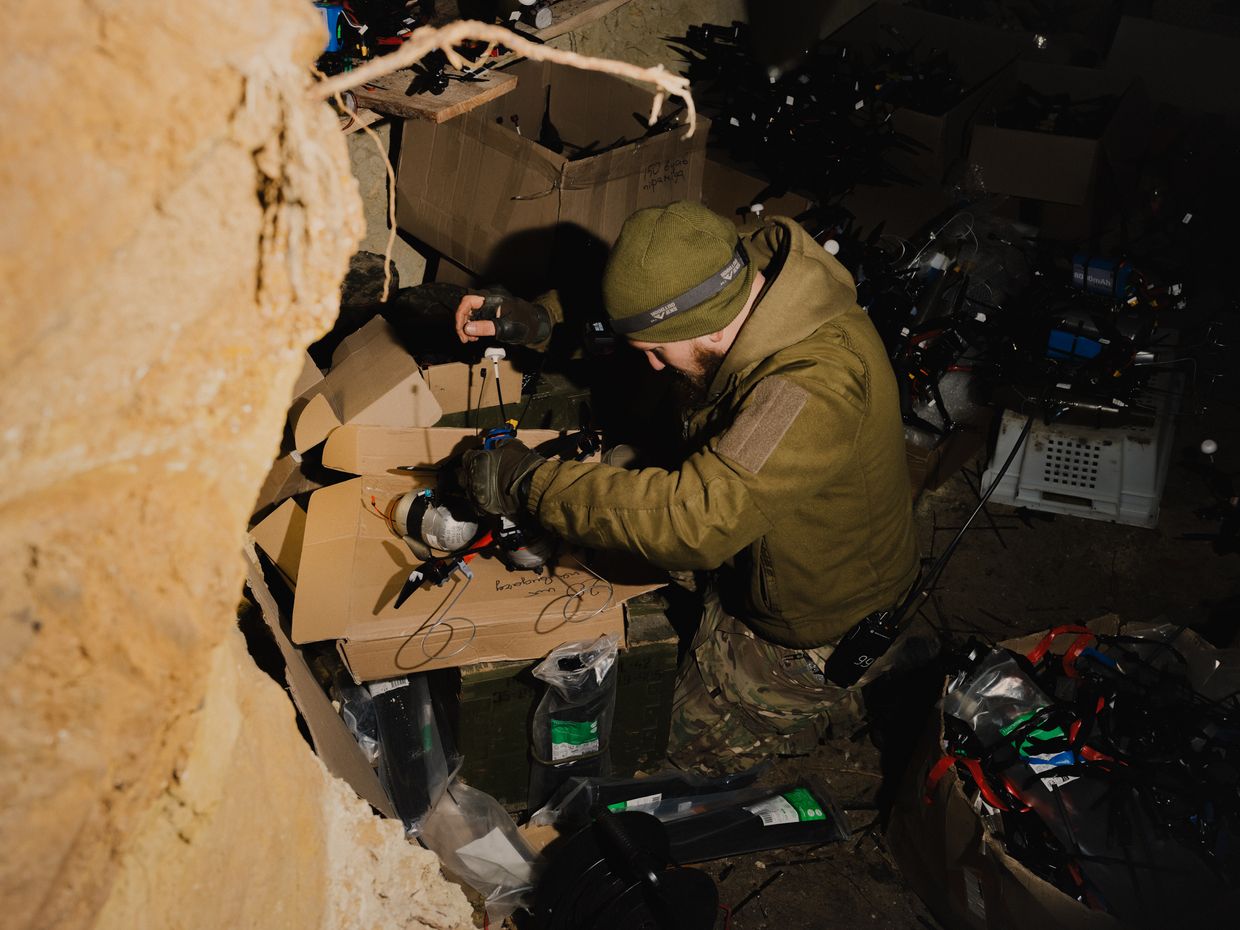

UK to finance production of air defense, long-range weapons in Ukraine, Umerov says
The U.K. will finance the production of air defense systems and long-range weapons in Ukraine, Defense Minister Rustem Umerov said on Jan. 13 following a meeting with U.K. Defense Secretary John Healey in London.
"The U.K. has already invested in the production of our weapons, and this collaboration continues — specifically, funding will be directed toward the production of air defense systems and long-range weapons," Umerov wrote on Facebook.
Umerov met with Healey to discuss bilateral cooperation in 2025 in key security areas.
"The U.K. reaffirmed its commitment to providing continuous and comprehensive support to strengthen Ukraine's position both on the battlefield and on the international stage," the minister said.
"We anticipate enhanced military, political, and economic assistance from our British allies this year."
Umerov did not provide further details on how London would finance Ukrainian defense industry.
In 2025, Ukraine plans to spend a record $35 billion on arms production, of which $17 billion will be financed by the Ukrainian government, according to Umerov. The rest may be supported by allies, he added.
Kyiv has ramped up domestic drone production over the past year, as well as the development of new missiles. Various aerial, naval, and ground drones have been developed and often successfully used for reconnaissance, combat, and other tasks throughout the full-scale war with Russia.
Ukraine, in recent months, has championed the development of long-range "missile-drones," upgraded UAVs with turbojet engines that can act as alternatives to cruise missiles. Kyiv unveiled its Palianytsia and Peklo hybrids in the second half of 2024.
Zelensky has said Ukraine aims to produce at least 30,000 long-range drones in 2025 and conducted the first successful test of a new Ukrainian missile, dubbed Ruta (Rue).
